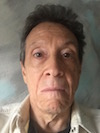 [Reminded by a news story that we’ve reached the 20th anniversary of the death of Princess Diana, I recalled that I’d written something about it at the time, which I published in August 2000 in a bi-weekly column I then ran in a local giveaway newspaper, the Star-Reporter chain, which had a circulation of about 60,000 here on Staten Island. Subsequently I put it online in a section of The Nearby Café devoted to life here in “the forgotten borough.”
[Reminded by a news story that we’ve reached the 20th anniversary of the death of Princess Diana, I recalled that I’d written something about it at the time, which I published in August 2000 in a bi-weekly column I then ran in a local giveaway newspaper, the Star-Reporter chain, which had a circulation of about 60,000 here on Staten Island. Subsequently I put it online in a section of The Nearby Café devoted to life here in “the forgotten borough.”
On the assumption that few readers of this blog have drilled down into that archive, I’m republishing it here, with a few minor revisions. Part 3 appears below; click here for Part 1, and here for Part 2.― A. D. C.]
•
Privacy in the Public Eye
Regular readers of this column surely know that, generally speaking, I stand against censorship and in defense of photographers’ inquiries into many aspects of both public and private life. They also know that I draw some lines, as in the case of the posthumous publication in 1996 of Diane Arbus’s pictures (made circa 1970) of developmentally disabled people. Though superficially much different, the two aggressive, thrill-seeking Di-hunts — one of Princess Diana, one by Diane Arbus — have much in common. Where’s the difference between validating Arbus’s impulse to make (or others’ desire to see) images of non-consenting, institutionalized people who were helpless to prevent her portrayals of them, and approving the subsequent exhibition and publication of those pictures, and defending the paparazzi’s production and a broader audience’s consumption of intrusive, non-consensual images of Princess Diana?
So far as I can tell, after four years I stand entirely alone among my colleagues and readers in publicly questioning the legality and ethicality of publishing those Arbus photos. So it’s interesting to see who rallies around the paparazzi in this crisis. Some of those same colleagues and readers who endorsed the Arbus project have been among their defenders. But I’m not surprised to find a few who don’t hesitate to condemn the paparazzi’s excesses generally, or those of the Di-chasers in particular, without realizing that their earlier support for and justification of Arbus — and her estate and publishers — reveals them as hypocrites.
After all, the only notable difference between the two instances is one of mere labeling: tabloid photography remains uncertified as art, its producers unacknowledged as artists, while Arbus bears the critical and cultural stamp of approval. But critics are not authorized by their readers, or by the culture at large, to grant special license for antisocial behavior to those whose work pleases their taste patterns or meets their definition of art. Artists are not above the law, though most of those who argued against my position on the Arbus matter (Janet Malcolm prominent among them) clearly believe otherwise.
We might also consider, in this regard, the more recent situation involving a famous photograph by the late photojournalist W. Eugene Smith. “Tomoko in her bath” emerged as an international icon of the human price of pollution from the ground-breaking report Smith and his wife Aileen created as documentation of the effects of industrial mercury poisoning on the residents of the fishing village of Minamata, Japan. This dark, powerful image, showing a mother tenderly bathing her terribly crippled daughter, was made in the early 1970s and subsequently published hundreds of times around the world — in books, magazines, newspapers, on posters and as postcards — and shown on TV and in films, and exhibited frequently in galleries and museums.
Tomoko Uemura has since died, but apparently this image’s regular visibility causes her surviving parents great grief and pain. So they asked for a moratorium on its use — though they have no legal rights to demand that, only a moral right. And, though the decision has been hotly debated in photography circles, Aileen Smith and the Smith estate have agreed to desist from print sales and the licensing of reproduction rights for an indeterminate period of time. (Published versions of the image of course exist, and probably won’t be recalled or altered; that would be censorial, and the family hasn’t asked for that. What museums, galleries, and private collectors will do with exhibition prints already in circulation remains to be seen.)
So here, exactly here, is where fruitful debate must start. Photographers have rights, which must be identified and protected. They also enjoy privileges that can be withdrawn at any time by widespread public agreement and legislation. The subjects of photographs also have rights, which also must be identified and protected. And some of those rights of subjects absolutely supersede the rights of photographers.
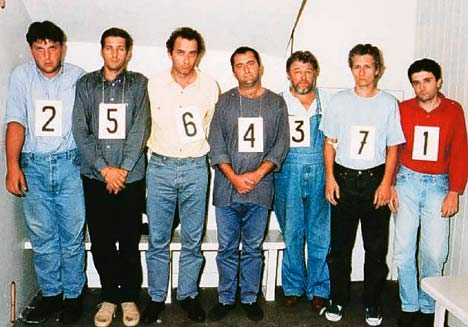
Paparazzi arrested after the crash (l-r): Romuald Rat, Serge Arnal, Jacques Langevin, Nikolai Arsov, Laslo Veres, and Christian Martinez, and motorcyclist Stephane Darmon. Mugshot courtesy French police.
Sadly, you will find few photographers willing to say that last sentence out loud, whether in private discourse with their colleagues or in public debate; Ms. Smith is an all-too-rare exception. For that matter, you’ll find few picture editors and publishers (outside France, where it’s legally incumbent on them) who’ll take and act upon such a stand, and not that many curators, collectors, gallerists, historians, critics or teachers of photography who’ll do so. They may know that statement to be true ethically and intellectually, but in their hearts they want it to be otherwise: they want the freedom to make — and to consume, and to make public — any photography they feel the impulse to generate under any circumstances, and/or any photograph anyone else has made. And, when push comes to shove, many of them err of the side of that impulsivity, hoping only that they won’t get caught at it, or that some claim on their part of creative self-expression or “public right to know” will override any claims from the injured or aggrieved subjects.
As I wrote elsewhere in a summary of the public response to my commentary on the Arbus project, “I’ve begun to speculate, darkly, that perhaps something in the very nature of the medium [of photography] itself actually attracts the irresponsible, and feeds that incapacity in them.” That’s long been one of the medium’s dirty little secrets. Now it’s dirty laundry, airing in public at long last. If photographers of all kinds everywhere want to avoid a tarring with the same brush now stigmatizing the wolf pack that went wilding after “the people’s princess,” they’d best prepare themselves to stand up and be counted — to have the courage of their convictions, whatever those may be, to muster their strongest arguments and to go on public record with their positions.
And they’d best greet this contentious moment with open arms, recognizing that unless a significant percentage of them come down unequivocally on the side that argues for some legal limits on the permissible in photography of private life in public places, their profession — and their medium itself — will be despised by many, and their options for the future quite possibly circumscribed by over-broad legislation (“Diana’s law,” as it were) driven by an emotional public outcry in the wake of Diana’s death. That too would be unfortunate, but the united front of arrogance and defensiveness we’re now witnessing from this industry may make it inevitable.
What matters most here is that, 160 years after the medium’s invention, this issue is finally on the table around the world. I consider that, without reservation, a good thing, and endorse this debate wholeheartedly. A global debate over media rights versus individual rights would be a legacy the late Diana Spencer could hardly have expected to leave, but one that would truly honor her memory.
•
[Postscript, September 6, 2017: Of course, that wide public debate never happened, alas. And then came the explosive growth of the internet, which made things worse. Nonetheless, some laws and regulations enacted since Diana’s death have proscribed aspects of paparazzi behavior, as detailed in Leigh Blickley and Cole Delbyck’s excellent article for The Huffington Post, “We Still Haven’t Learned From Diana’s Death: ‘We’re All Paparazzi.'” See also “Duchess wins damages over topless photos,” BBC News, September 5, 2017.— A. D. C.]
•
This post sponsored by a donation from John Teti, Sr.
•
 Special offer: If you want me to either continue pursuing a particular subject or give you a break and (for one post) write on a topic — my choice — other than the current main story, make a donation of $50 via the PayPal widget below, indicating your preference in a note accompanying your donation. I’ll credit you as that new post’s sponsor, and link to a website of your choosing. Include a note with your snail-mail address (or email it to me separately) for a free signed copy of my 1995 book Critical Focus!
Special offer: If you want me to either continue pursuing a particular subject or give you a break and (for one post) write on a topic — my choice — other than the current main story, make a donation of $50 via the PayPal widget below, indicating your preference in a note accompanying your donation. I’ll credit you as that new post’s sponsor, and link to a website of your choosing. Include a note with your snail-mail address (or email it to me separately) for a free signed copy of my 1995 book Critical Focus!
 But wait! There’s more! Donate now and I’ll include a copy of The Silent Strength of Liu Xia, the catalog of the 2012-13 touring exhibition of photos by the dissident Chinese photographer, artist, and poet, currently in her sixth year of extralegal house arrest in Beijing. The only publication of her photographic work, it includes all 26 images in the exhibition, plus another 14 from the same series, along with essays by Guy Sorman, Andrew Nathan, and Cui Weiping, professor at the Beijing Film Academy.
But wait! There’s more! Donate now and I’ll include a copy of The Silent Strength of Liu Xia, the catalog of the 2012-13 touring exhibition of photos by the dissident Chinese photographer, artist, and poet, currently in her sixth year of extralegal house arrest in Beijing. The only publication of her photographic work, it includes all 26 images in the exhibition, plus another 14 from the same series, along with essays by Guy Sorman, Andrew Nathan, and Cui Weiping, professor at the Beijing Film Academy.


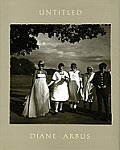
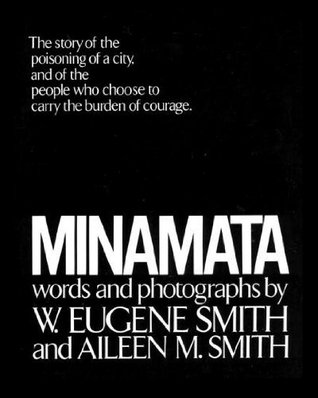
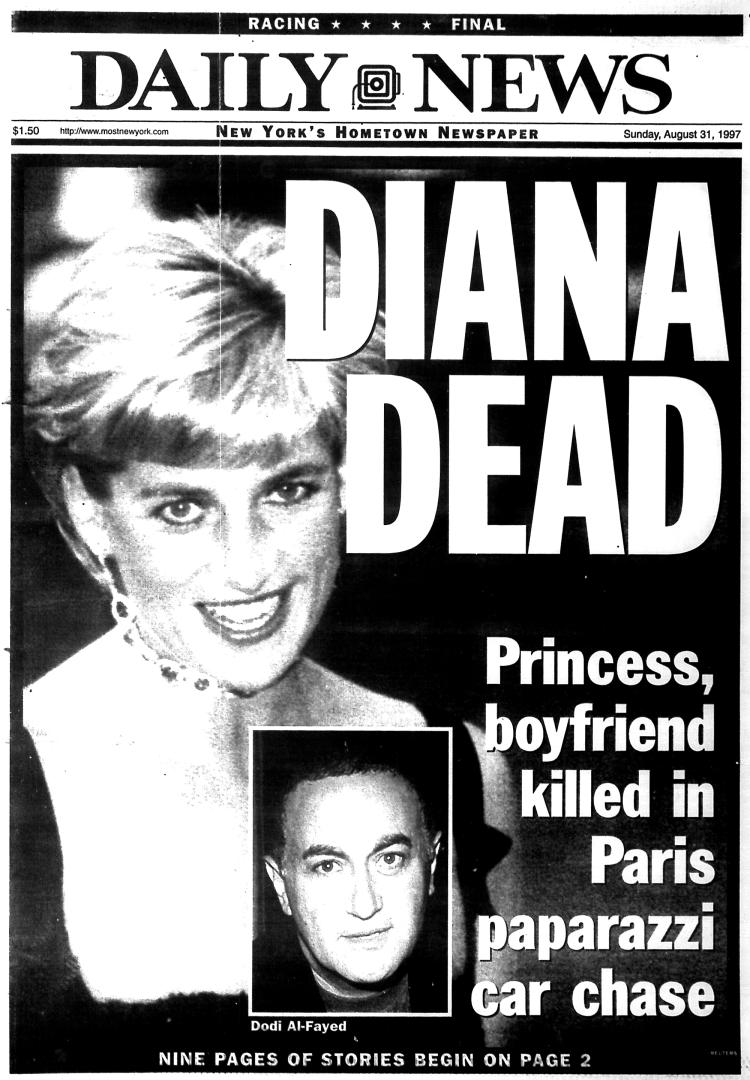




It is also important to separate what is legal from what is ethical. Most of us are opposed to legal restrictions on making a photograph. That does not mean that because you can show something, you should. Any photograph of a person exploits them. No way around that; you are turning a person into a thing. What a photographer can do is be aware and show some humility and respect.
“Most of us are opposed to legal restrictions on making a photograph.” Really? Opposed to any restrictions on making any photograph? Just exactly what majority of which “us” do you claim to represent?
What about the laws requiring permission to photograph people in residences for the developmentally disabled? Those laws were not in effect when Arbus made her “Untitled” series in the early ’70s, but they’re in place now — a clear legal restriction.
And what about the French court’s recent decision in favor of the Duke and Duchess of Cambridge, punishing a French magazine for publishing long-lens photos of Catherine sunbathing on a terrace? French law does not proscribe the making of such images, but it prohibits the publication of them in France. Do “most” of your “us” oppose the relevant French legislation?
There are many restrictions on making certain kinds of photographs — places and situations in which such image production is illegal. There are also many laws worldwide regarding the publication of such images. Many of those laws — including more than a few here in the U.S. — require the subjects’ written permission, evidenced by a model release, which of course a subject can refuse to grant. Do “most” of your “us” oppose those laws as well?
I could go on. Your statement that “Any photograph of a person exploits them. No way around that; you are turning a person into a thing” is simply silly, absent some agreement on what constitutes “exploitation” and what constitutes a “thing.”
Having spent my adult life around photographers from all branches of the medium, I have to say that, my respect for the majority of them notwithstanding, a considerable number of them lack sufficient humility, respect, and ethical constraint that I consider legislation supporting the rights of subjects a fit and fruitful subject for public discussion. This is especially the case because those practicing this medium — not just the amateurs but the professionals, in all spheres — have shown themselves incapable of self-policing. The silence of working photographers and their professional organizations in the aftermath of Diana’s death was both deafening and instructive.
Thanks for re-opening this discussion. I followed the link to your post regarding your refusal to review the posthumous Arbus book on the developmentally disabled and found your discussion of what constitutes a body of work helpful in considering what constitutes my photographic legacy. Thank you for that!
My comments in that article on the “body of work” in photography drew from a much longer consideration thereof, “On Redaction: Heaps and Wholes, or, Who Empties the Circular File?”, which you’ll find in my 1998 book, Depth of Field.
But here’s something I didn’t address. If part or all of your body of work involves images of recognizable people, then, knowingly or not, they have contributed to the success of those images to which you commit your approval and make public. By the same token, they have also become implicated in the images that you judge unsuccessful — or, for some other, have decided not to show or publish.
They have entrusted both categories of images to you. And, by my lights, that places on you the ethical obligation to see that your judgment prevails in the posthumous disposition of those images.
It’s funny you mention Janet Malcolm because she famously said of journalists something very similar to what you’re saying about photographers….
“Every journalist who is not too stupid or full of himself to notice what is going on knows that what he does is morally indefensible. He is a kind of confidence man, preying on people’s vanity, ignorance, or loneliness, gaining their trust and betraying them without remorse.”
Having been a journalist for most of my career and now beginning a second career as visual journalist I can vouch for the truth of what the both of you are saying.
I’m not willing to condemn either group, however, nor restrict their rights to insinuate, intrude and expose. On the whole we have served society well, and prevented more evil than we have perpetrated.